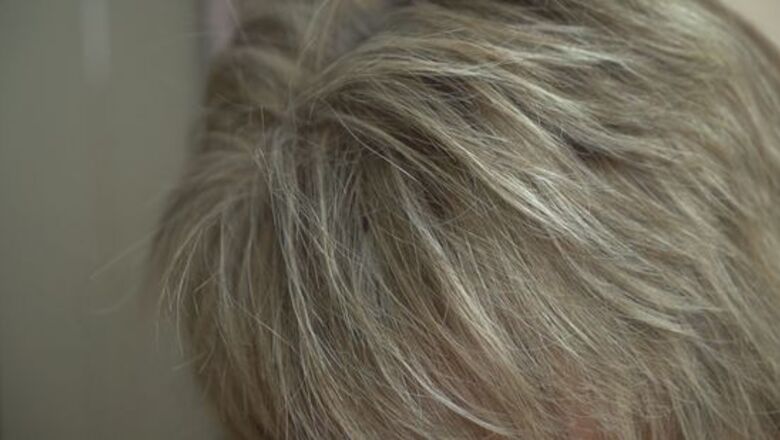
views
Taking Care of Your Hair
Wash your hair about 2-3 times a week. Keeping your hair clean is a must, but washing it too frequently may actually be thinning your hair. Each wash rinses out oils and nutrients produced by your scalp. Over time, this can cause your hair to become brittle and break, so try to wash your hair as infrequently as possible. If you have very fine hair or you exercise (or sweat) a lot, you might need to wash your hair daily. Otherwise, skipping a day or two is perfectly fine. Use conditioner every time you wash your hair to restore moisture.
Look for a sulfate-free shampoo. Most shampoos and conditioners contain harsh detergents, called sulfates, that can dry out your hair and cause breakage. When you're choosing a shampoo, you can stay away from sulfates by avoiding products with the ingredients sodium lauryl sulfate, sodium laureth sulfate, or ammonium lauryl sulfate. These ingredients are sometimes abbreviated SLS or ALS. Look for a shampoo that's made with natural ingredients like echinacea, coconut milk, or argan, marula, and jojoba oils. Look for one that's formulated to your hair type, whether that's dry, oily, curly, or damaged.
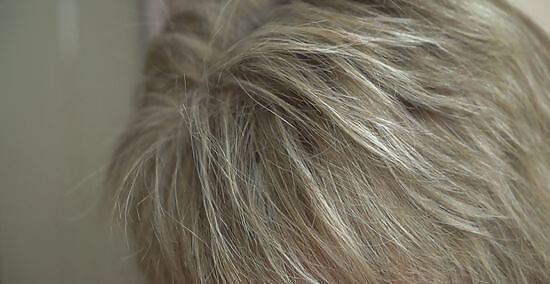
Spray your hair with dry shampoo when it looks oily. If your hair gets too oily, it can actually look thinner, which is one of the drawbacks of washing your hair less often. To prevent this, invest in a dry shampoo. Shake the dry shampoo can and hold it 8–10 in (20–25 cm) away from your head, then spray it onto your roots in short bursts. Just like when you look for a regular shampoo, you should choose a dry shampoo that's formulated for your hair type. If you have very dark hair, look for a dark-tinted dry shampoo so it doesn't leave a chalky white film on your hair.
Avoid extensive use of hot tools on your hair. When possible, avoid using a blow dryer, flat iron, or curling iron. These tools can burn the ends of your hair, causing split-ends and breakage. This, in turn, makes your hair look thinner. If you do want to use heat to style your hair, spray on a heat protectant first, and limit the use of hot tools to about once a week. Let your hair air-dry when possible, and save styling tools for special occasions. If you don't like the way your hair naturally dries, apply frizz-fighting products to wet hair so that hair dries smoothly. Use the lowest possible temperature setting for your hair type. For example, thin hair may only need a temperature of about 200 °F (93 °C) while thick hair may require a temperature of 350 °F (177 °C).
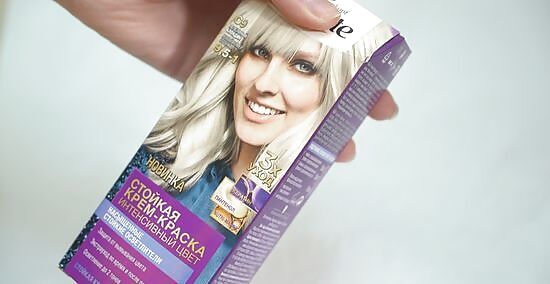
Stay away from harsh hair dye. It can be fun and exciting to color your hair, but some bleach and other chemicals can have a drying-out effect that, when coupled with styling tools, can cause serious damage to your hair. Avoid using these harsh chemicals on your hair. If you really want to change your hair color, opt for natural means of lightening or coloring your strands, or try using vegan or semi-permanent hair dyes, which can be less damaging.
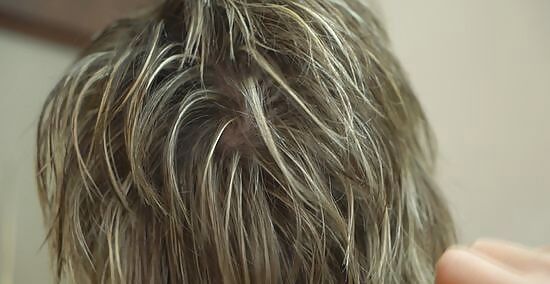
Brush your hair starting at the ends and working your way up. Brushing your hair regularly is great for the overall health of your mane, but it can be damaging if done incorrectly. When you're detangling your hair, use a wide-tooth plastic comb to brush out your hair, instead of a bristled brush. Start at the ends of your hair and work your way up the hair shaft. Once your hair is detangled, brush from roots to tips with a bristled brush to distribute the natural oils from your scalp through the ends of your hair. Avoid brushing your hair while it’s wet, as this is when your hair is most fragile and prone to breakage. Try to brush your hair once a day to spread out the oils and stimulate the scalp.
Using At-Home Treatments
Make a protein mask if you want to strengthen your hair. Your hair is made up of a protein called keratin. Keratin is also found in eggs, which is why this mask is excellent for strengthening your strands. Mix 1-2 eggs (depending on the length of your hair) with about 1 tablespoon (15 mL) of fresh aloe vera gel. Completely coat your locks and allow it to soak in for 10-15 minutes. When the time's up, rinse the mask out with warm water. Adding protein to your hair too often can actually weaken it, so limit your use of protein treatments to once or twice per month. Audrey Davis-Sivasothy Audrey Davis-Sivasothy, Chemist and Cosmetologist Hair thickness depends largely on genetics, but treatments like protein treatments, scalp massages, and laser therapy may help improve follicle strength, blood flow, and growth cycles for slightly thicker strands over time.
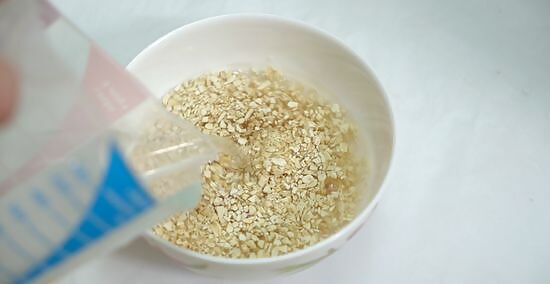
Coat your hair in a fenugreek paste to thicken your strands. Fenugreek seeds aren’t just good for your health, they can remove and reduce dandruff while thickening your hair. Soak 2 tbsp (22.2 g) of the seeds in water for 8-10 hours, then blend them in a food processor to create a thick paste. Apply the paste to your hair. Let it sit for 30 minutes, then rinse it out using the water the seeds soaked in. You can find fenugreek seeds, also known as methi seeds, at health food stores or online.
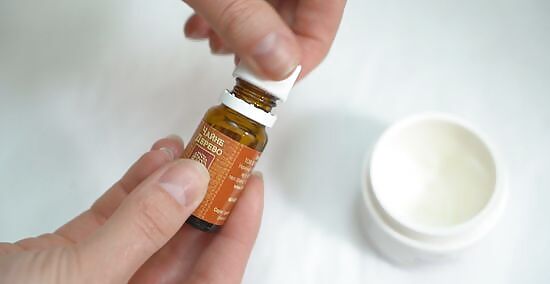
Give yourself a hot oil massage to stimulate your scalp. Natural oils, especially olive, coconut, and jojoba, help to strengthen hair and promote growth. Massaging the scalp stimulates the hair follicles, helping them to produce hair. Combine these by warming ⁄4–⁄2 cup (59–118 mL) of your favorite oil to a comfortable temperature, then massage it into your scalp. You can additionally let it set in your hair for 30 to 60 minutes before rinsing it out, or you can just leave it in your hair without rinsing if desired. To gently warm the oil without risking a burn, place the oil container in a bowl of hot water for about 3 minutes.
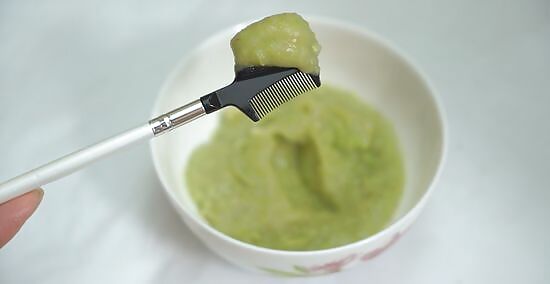
Create a fruit mask to pack your hair with vitamins. The nutrients and antioxidants in fruit aren’t just great for eating. They also help to add thickness and shine to your hair. Make a mask out of fresh fruit by combining half of a mashed avocado and half of a mashed banana with 1 tbsp (6 g) of grated orange peel. Cover your whole head in the mask and leave it on for 20-30 minutes. Rinse it off, then shampoo and condition as you normally would afterward.
Making Lifestyle Changes
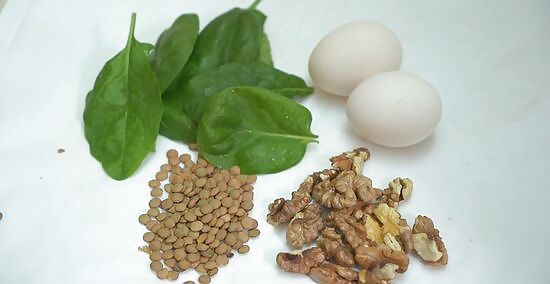
Eat foods rich in protein, vitamins B, C, D, and E, and zinc. The nutrients in the food you eat can help strengthen the hair follicle and promote growth. In general, try to include more fresh fruits and vegetables, seeds, nuts, and whole grains to thicken your hair naturally. Examples of hair-fortifying foods include walnuts, eggs, spinach, flax seeds, lentils, and blueberries.

Minimize your stress. It’s not just an idiom when people blame thinning hair on increased stress levels. If you're noticing your hair thinning, your stress levels could be to blame, and you might not even be aware of it. Taking steps to minimize your stress could create a significant change in your hair's health. Take some time to think about what stresses you out the most, then decide whether to remove the stressor or to learn new coping techniques. You can't always eliminate stress, but you can change how you deal with it. When you feel stressed out, try practicing deep breathing exercises, go for a run, or try a relaxing activity like yoga or meditation. Practicing mindfulness, where you focus on what's physically around you in the moment rather than worrying about things you can't change, is also an effective technique for managing stress. In some cases, you might be able to make changes that remove the stress from your life. For instance, if you're constantly stressed out about your job, you might consider changing careers. If there's a person in your life who makes you feel stressed, it might be better for you to spend a little time away from them.

Take a hair-boosting supplement if you need more nutrients. It’s not always easy to get all the nutrients that your hair needs to grow, so help your body out by taking supplements. Take a multivitamin that contains iron, B vitamins, zinc, and protein once a day. It may take several months, but you should start seeing shiny, thick locks. Other hair-friendly supplements include ingredients like biotin, niacin, amino acids, and collagen.
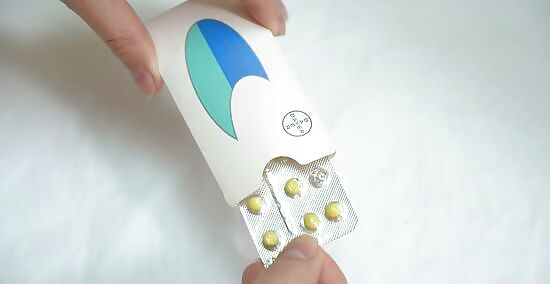
Check the side effects of your medications if you notice hair loss. Some medications that create hormonal imbalances can cause your hair to fall out. The most likely culprit for thinning hair is the birth control pill, but any prescription medication that changes your hormone levels could be to blame. Talk to your doctor and see if there is a substitute to your hair-damaging meds.
Faking Thicker Hair
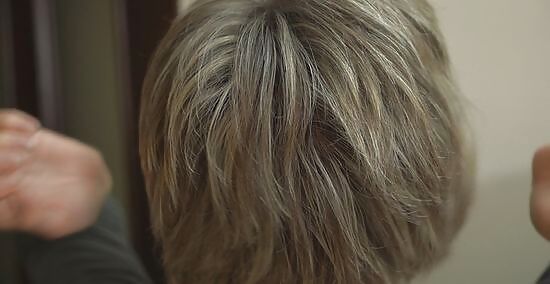
Get a layered haircut so your hair will appear thicker. While you can't control your genetics, you can use the power of illusion to make your hair appear thicker. Ask your hairdresser for the best cut and style to create thickness and volume in your hair. Get your hair trimmed every 6-8 weeks to keep it looking fresh and full. Add layers to create fullness, especially if your hair is very straight. If you are feeling daring, consider getting bangs. The contrast between your bangs and the rest of your hair will help accentuate length.
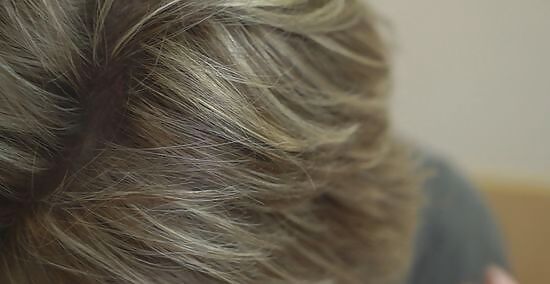
Add in a few highlights to play up your hair's volume. Highlights add dimension to your hair, making it appear fuller. However, bleaching your hair extensively can cause breakage, so stay within your natural color range, or ask your stylist to use semi- or demi-permanent dyes.
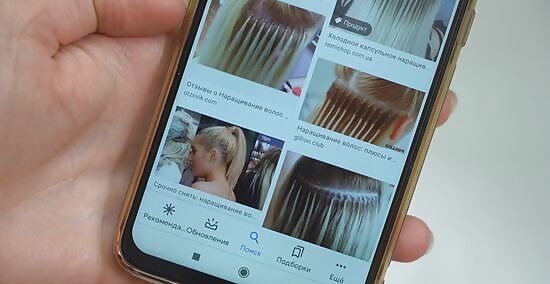
Get hair extensions to add even more volume. Hair extensions involve temporarily attaching either real or synthetic hair to your head. They can be held in place using thread or glue, or they can clip into place. Extensions can be a great way to add length, volume, and color to your hair. However, if your hair is already thin or damaged, extensions might not be your best option, as they can cause more damage. If you have glue-in or sew-in extensions, they must be replaced every 3 months as your hair grows out. These extensions range in price from $100-$1,000 per set. Clip-in extensions should be taken out at the end of each day. They're much cheaper, but they also look less realistic.
Taking Serious Measures
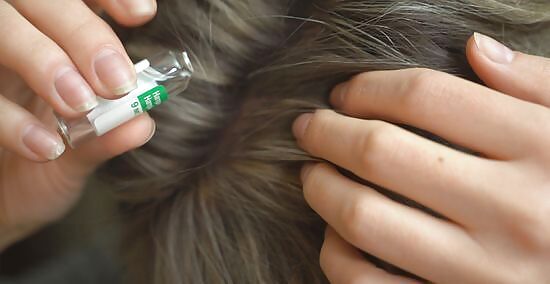
Use a balding treatment to reverse mild hair loss. If your hair loss is extreme, visit your local pharmacy and getting an over-the-counter hair treatment cream, or talk to your doctor about a prescription cream. When applied on a daily basis, these help to increase hair growth in bald or thinning patches on your head. Make sure to follow all safety precautions on these labels. For instance, products intended for treating hair loss in men can be extremely dangerous if they're handled by a pregnant person.
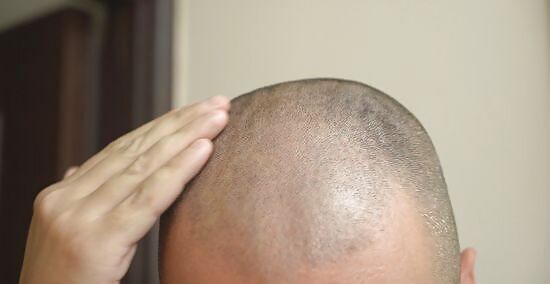
Get a hair transplant to treat permanent loss. For extreme thinning or balding, consider a hair transplant. This surgical technique targets hair loss by transferring hair to the balding area from another part of the body. Talk to your doctor to determine whether this treatment option is safe and viable for you. Men tend to be better candidates for these surgeries, but they can be an option for women too.
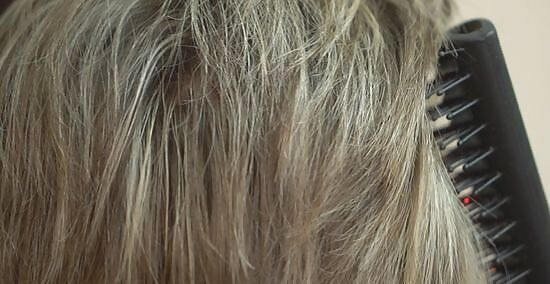
Splurge on a laser comb if you want an at-home treatment. A product that's just as high-tech as it sounds, a laser comb is a relatively new innovation that uses lasers to stimulate hair growth. You just turn on the power to the comb, then slowly brush along your scalp. These combs start at about $250 for a quality set, but you can use them yourself, and it can be a value over pricier treatments like surgery. Laser treatments often work best in combination with another treatment.
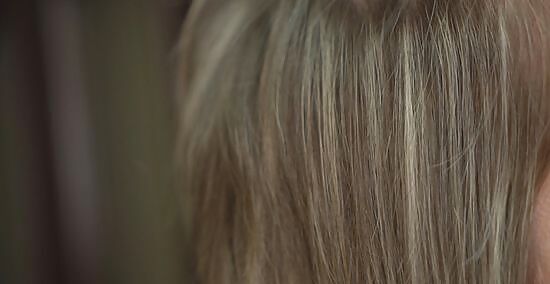
Try a keratin treatment to add thickness and encourage growth. Available at most high-end salons, keratin treatments can increase hair growth and add thickness and shine to your hair. They will also make your hair frizz-free. You should be aware that keratin treatments may contain formaldehyde. Depending on the salon you go to, these treatments can cost upward of $50 per visit.


















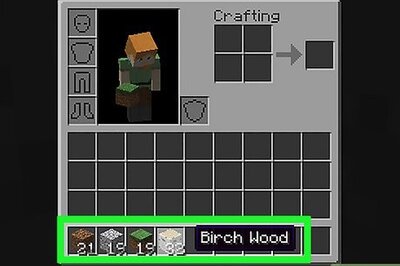
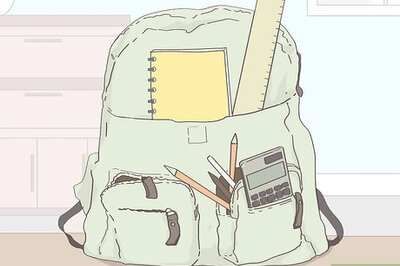
Comments
0 comment